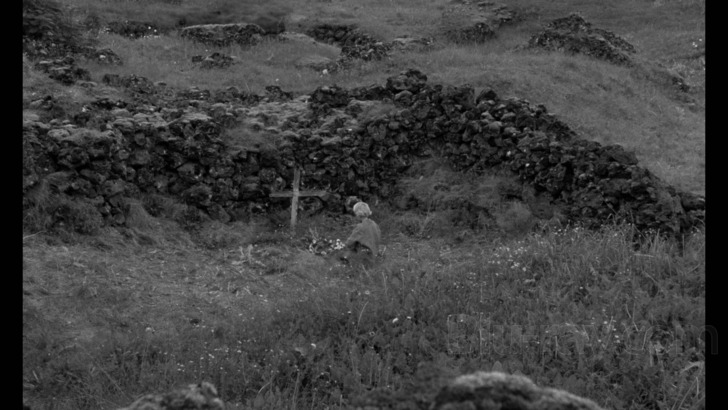

The earliest recorded medicinal use of juniper berries occurs in ancient Egypt. They were said to aid digestion and to be a cure for various stomach ailments. Similarly juniper berries may also have been added to food for their medicinal properties. It could be that the whisky may just have been used as a pleasant way to administer the medicinal benefits of juniper. In mediaeval times the berries were also used in Scotland to flavour whisky. People made the latter drink from equal amounts of juniper berries and barley. The berries are also used to flavour other alcoholic beverages such as a Swedish health beer and a French beer-like drink called ‘genevrette’.

They were then exported to the Dutch gin distillers. People gathered berries by the bagful and took them to markets in Inverness and Aberdeen. In the nineteenth century Highland juniper bushes were more prolific. The best known use of the berries is in flavouring gin, and indeed the words gin and juniper have a common root. People also used them to flavour bread and cakes in the north of England. Scottish and English recipes include ground berries added to sauces and especially to game dishes. They can be crushed and ground for use, as one would do with a peppercorn, as well as pressed for any juice.

Strictly speaking these are in fact tiny fleshy cones. The first two of these properties relate to the juniper’s berries. It is for its culinary, medicinal and ritual properties that juniper is best known. A later biblical tale tells of how the infant Jesus and his parents were hidden from King Herod’s soldiers by a juniper during their flight into Egypt. In the Old Testament, a juniper with an angelic presence sheltered the prophet Elijah from Queen Jezebel’s pursuit. Juniper was a symbol of the Canaanites’ fertility goddess Ashera or Astarte in Syria. It is perhaps surprising then that it doesn’t have a strong presence in ancient mythology. People have known the practical uses of juniper for millennia. As such some place names incorporating the Gaelic word Iubhair (yew) may in fact be referring to juniper. The writer Hugh Fife suggests that juniper was sometimes referred to as mountain yew. These words are still with us in place names such as Attadale in Wester Ross and Samhan near Mull. The Gaelic names for this shrub or small tree were Aittin or Aiten, and Samh. Both juniper and the Gaelic language were once more widespread in the Scottish Highlands.


 0 kommentar(er)
0 kommentar(er)
